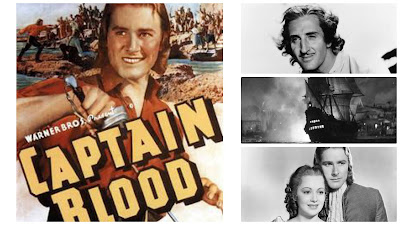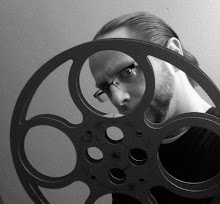Reel Speak’s Retro Reviews will randomly review a classic film from the TCM library every week, with the intention of introducing some overlooked and perhaps forgotten screen gems from the past to those of us who may be unfamiliar or unawares of their existence.
This week, famed giant monster Godzilla returns to the big (and mostly small) screen in GODZILLA VS. KONG; the fourth film in the ongoing monster-verse in which the big guy takes on American icon King Kong. Kong’s historic connection to New York City has arguably given him more popularity than Godzilla in the U.S., making most of Godzilla’s films overlooked. With a new film on the horizon, it’s worth taking a fresh look at Godzilla’s very first appearance in 1954.
Directed by Ishiro Honda, the early goings of GODZILLA unfold like a mystery to be solved. Something of immense power is sinking ships, and every scientist and Naval officer are baffled. This mystery, of course, is none other than Godzilla, an ancient legend come to life. Godzilla causes a national panic by destroying ships, consuming fish which puts fishing villages in peril, and eventually stomping his way inland where he smashes every building in sight.
Despite the spectacle, GODZILLA weaves a fine narrative about the fears of nuclear holocaust; a major concern for the world in 1954. This narrative is driven by well-rounded characters, including Hideto (Akira Takarada), a seep-sea salvage expert, and his love interest Momoko (Emiko Yamane)…who both just want to find an end to the terror. They are countered by Momoko’s father Dr. Kyohei (Takashi Shimura), who doesn’t want to destroy the beast in the name of science and research, and Dr. Daisuki (Akihiko Hirata), who discovers a way to kill Godzilla but keeps it a secret out of fear of the government using his invention as a weapon in future wars. It makes for fine drama as the characters debate the issue and run for their lives at the same time…all while Japan is being torn apart.
Director Ishiro Honda maintains a strong element of terror and doom throughout the film. Even before Godzilla steps his size 450 footprint on land, the effects of his presence are felt throughout the country. The spectacle of Godzilla’s rampage throughout the villages and cities is awesome even for 1954 standards. The GODZILLA film franchise in the early days gets poked fun at a lot today for using obvious models being crushed by a man in a suit, but the fine detail put into the model-making makes it believable; buildings collapse just the way we would expect a real building to do so. There is also something to be said about filming most of Godzilla’s carnage-stomp at night, which helps to disguise the rubber suit and plastic models; a technique that many CGI-heavy films still use today.
GODZILLA at its core is a monster movie, but it makes the characters grapple with important questions; Do they destroy the creature, or preserve it in the name of science and humanity? If they show mercy, can the attack? These are great questions that gives GODZILLA a depth and a weight. And despite the giant lizard destroying everything, the film somehow makes us feel sorry for him at the very end; an emotional turn that is no small feat.
BOTTOM LINE: See it
*
Reel Facts: The GODZILLA film franchise is considered to be the longest running film series in history, with 36 total films over the last 67 years. Director Ishiro Honda would spend time in the giant monster genre for decades, including KING KONG VS. GODZILLA in 1962. He passed away in 1993 at the age of 81.



















